Drywall is one of the most commonly used interior walls out there. Many homeowners opt for drywall as it comes with a set of benefits. Drywalls are relatively easy to install which is always a good thing in a major renovation or remodeling project. It’s also fire resistant which means that it is hard to damage with heat. It is also one of the more inexpensive options for interior walls.
Alongside these benefits drywall also comes with a set of disadvantages that are off-putting for many homeowners. While it's easy to install, it can be quite heavy. That means that transporting it and moving it around during the renovation can be quite difficult if you don’t have an extra pair of hands helping you out. There’s also the question of durability as drywall is not the strongest interior wall material out there. You will be doing regular drywall repairs every time a piece of furniture makes the tiniest hole in the surface. And, of course, there’s appearance. Many homeowners do not like the unappealing look of drywall even when freshly installed.
Luckily there are many alternatives that you can try out for your interior.
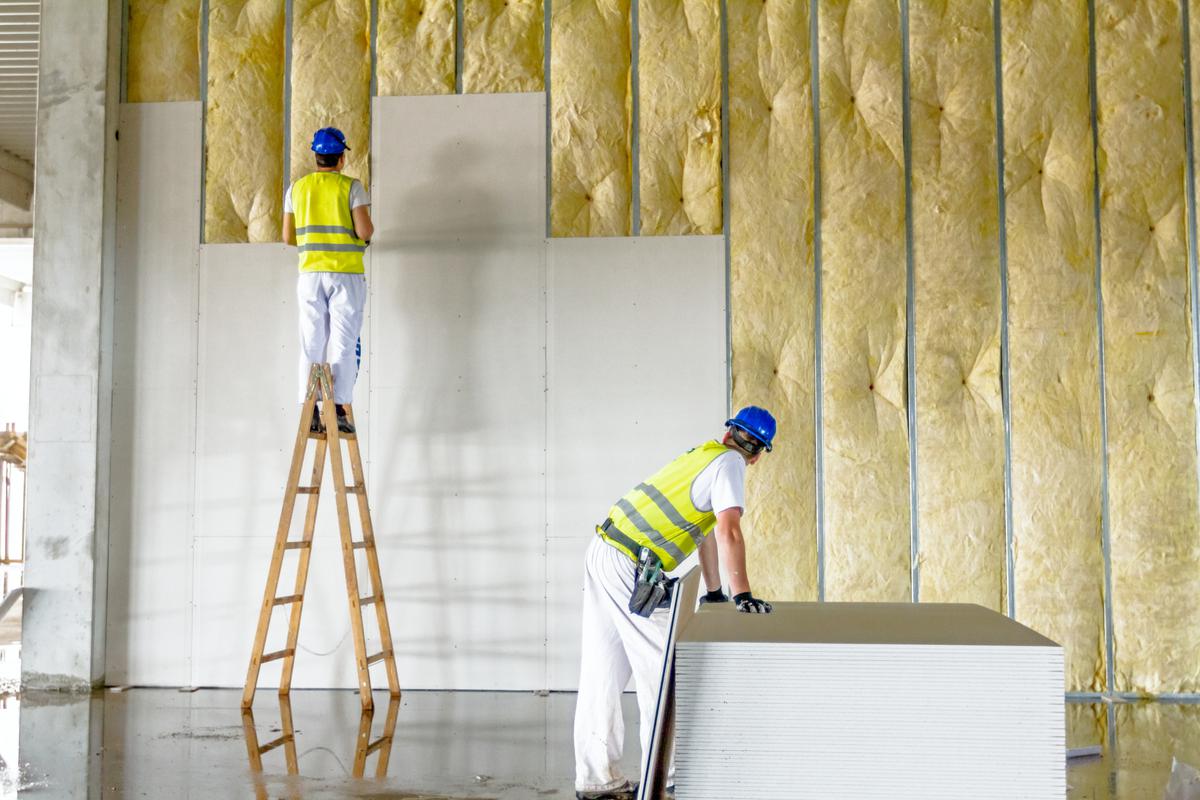
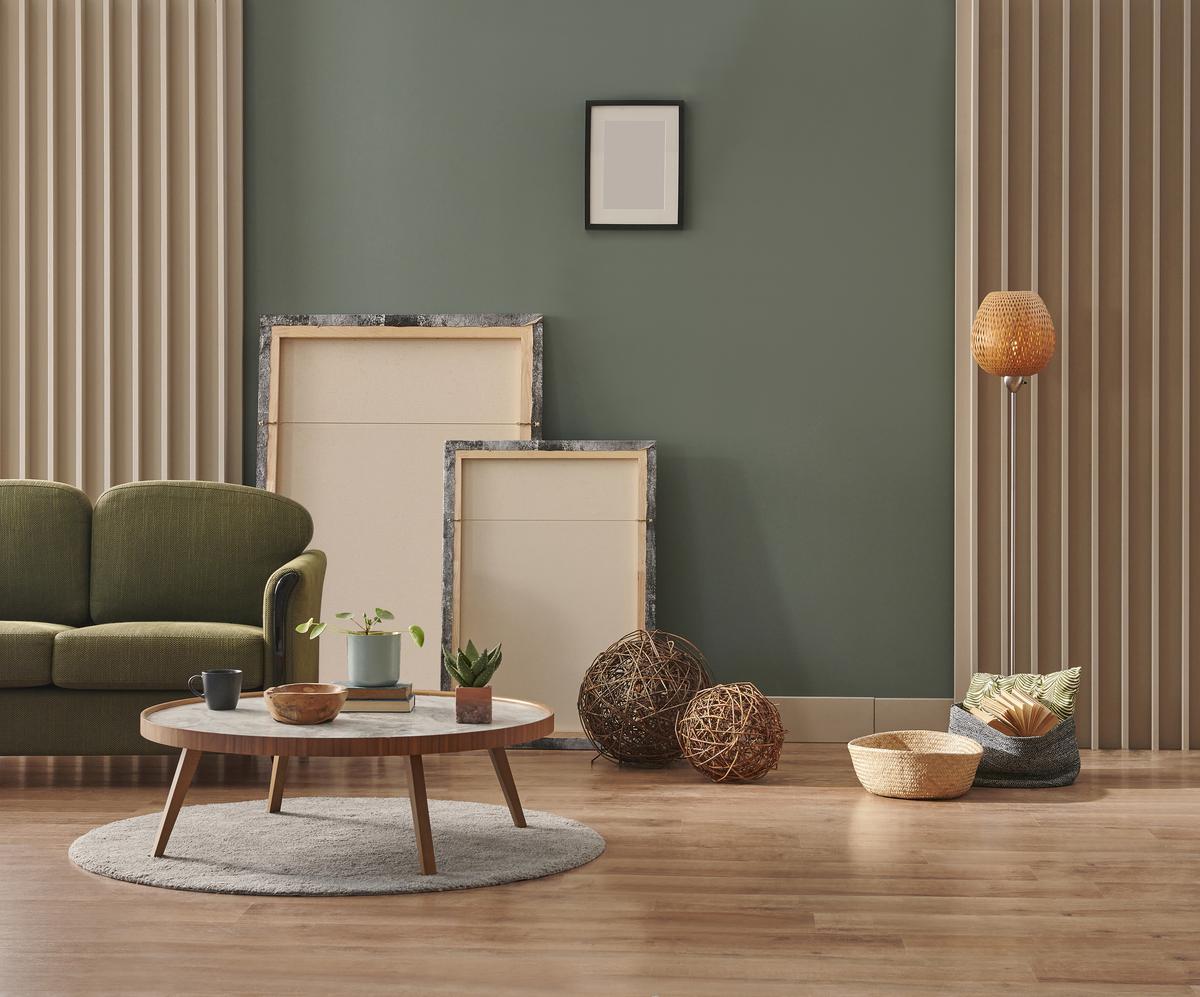
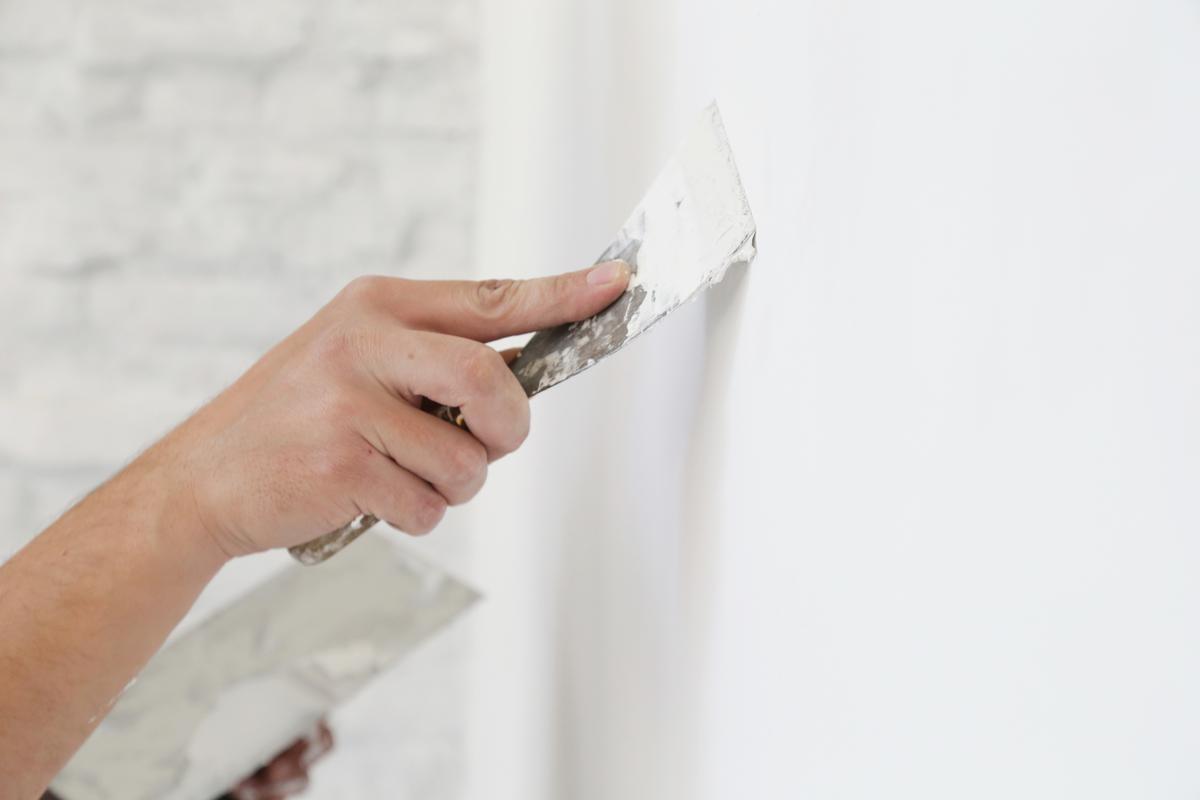
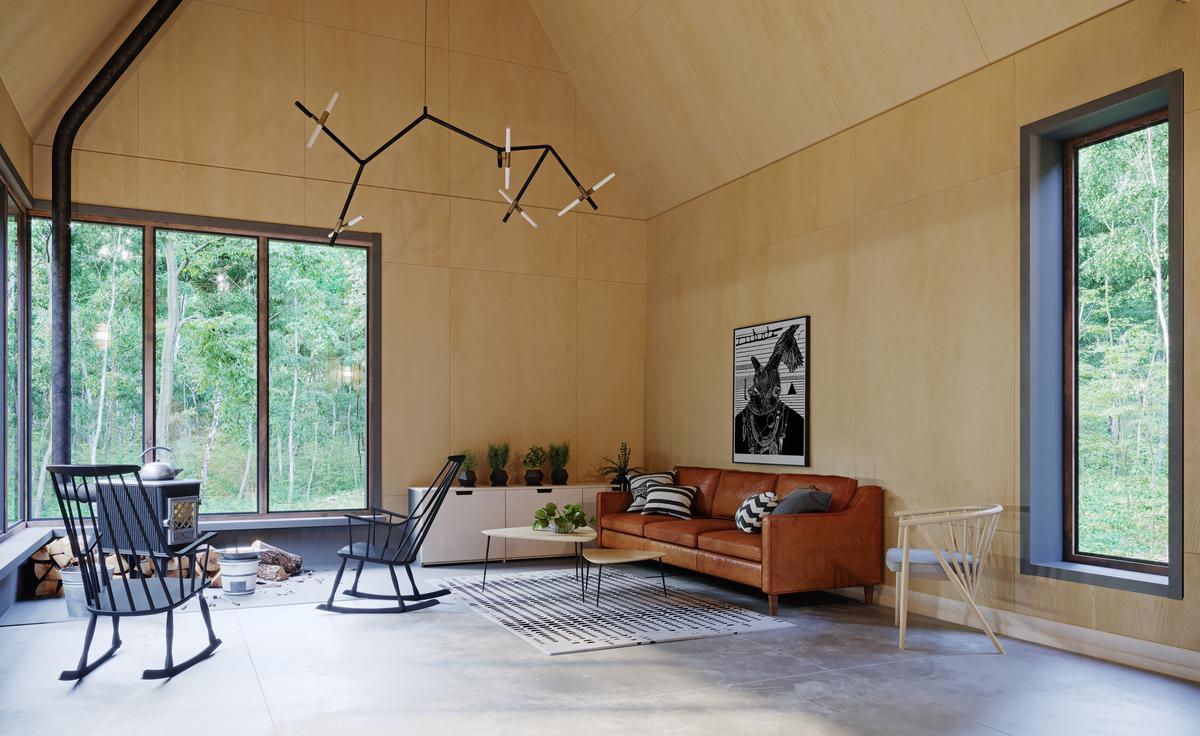
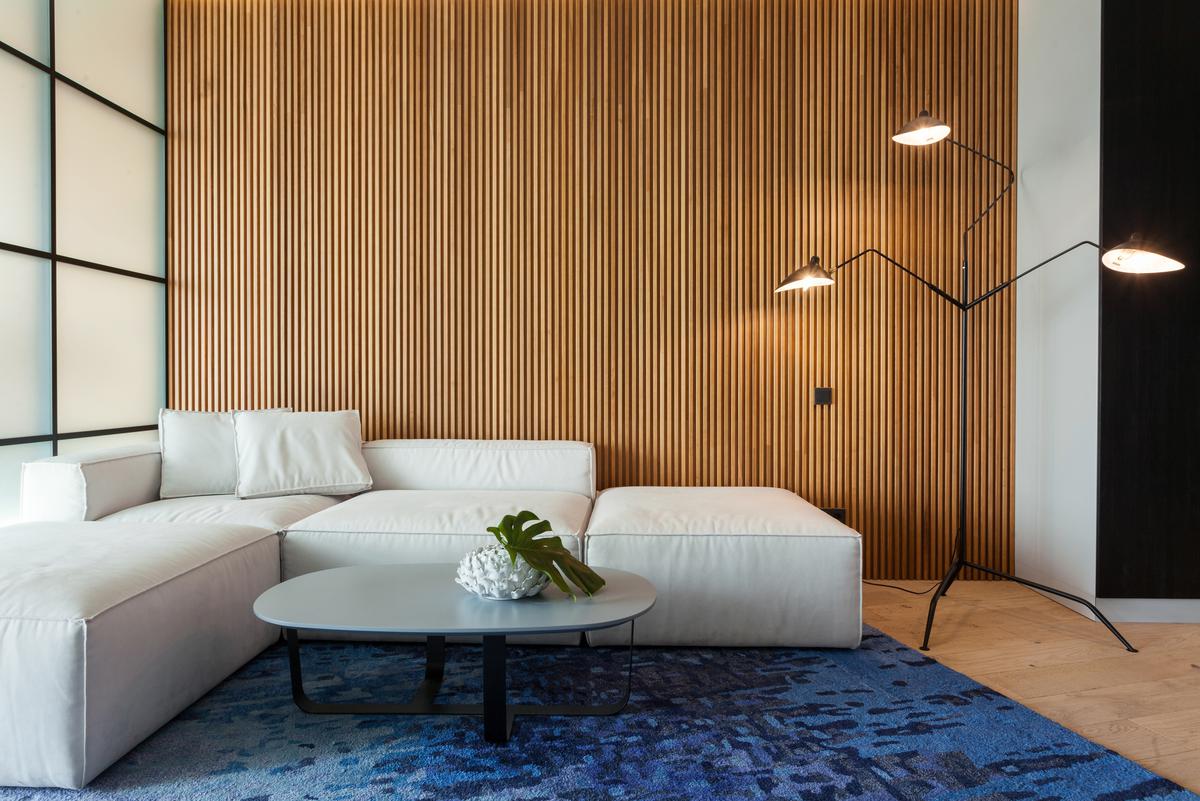
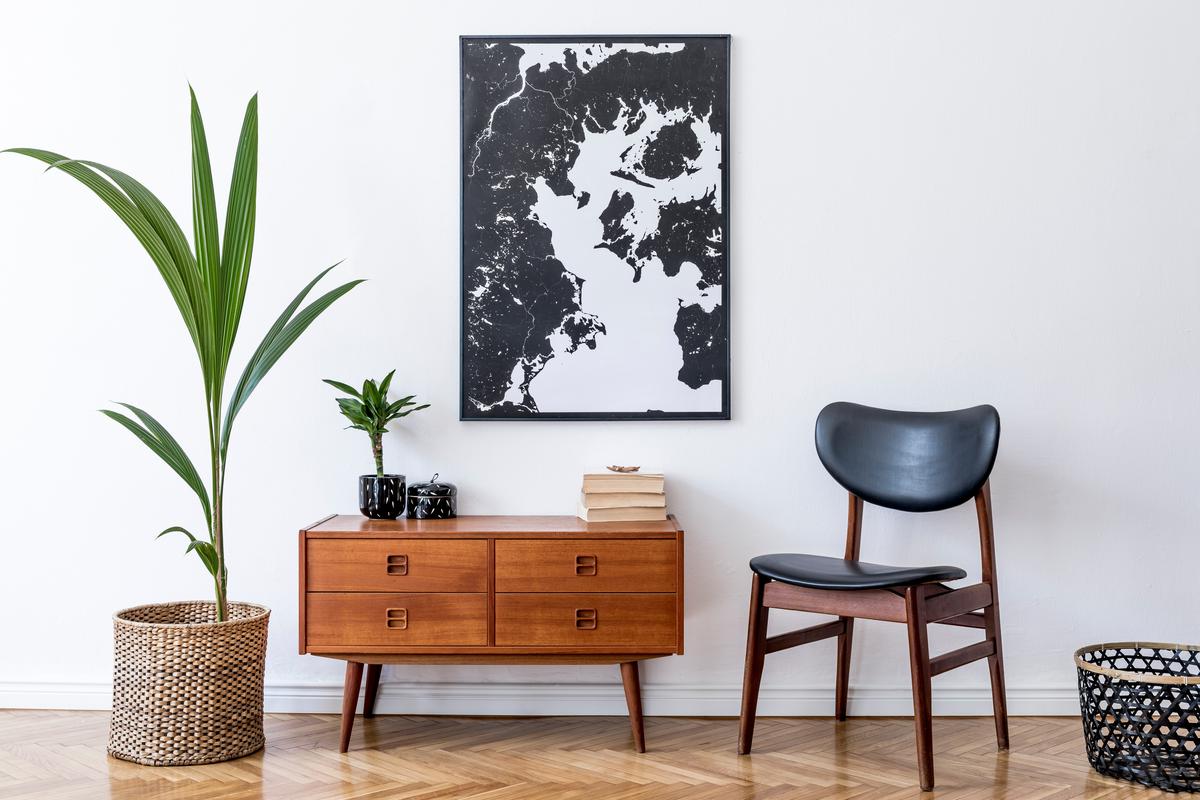
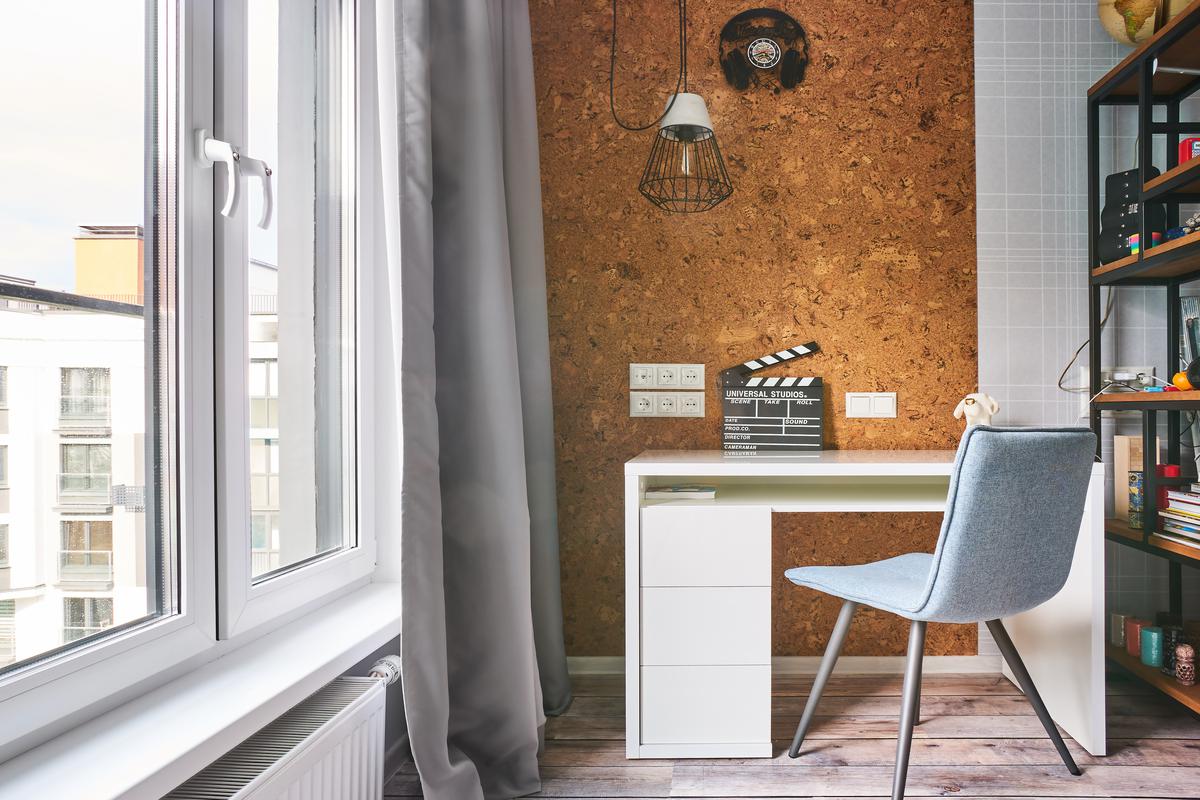
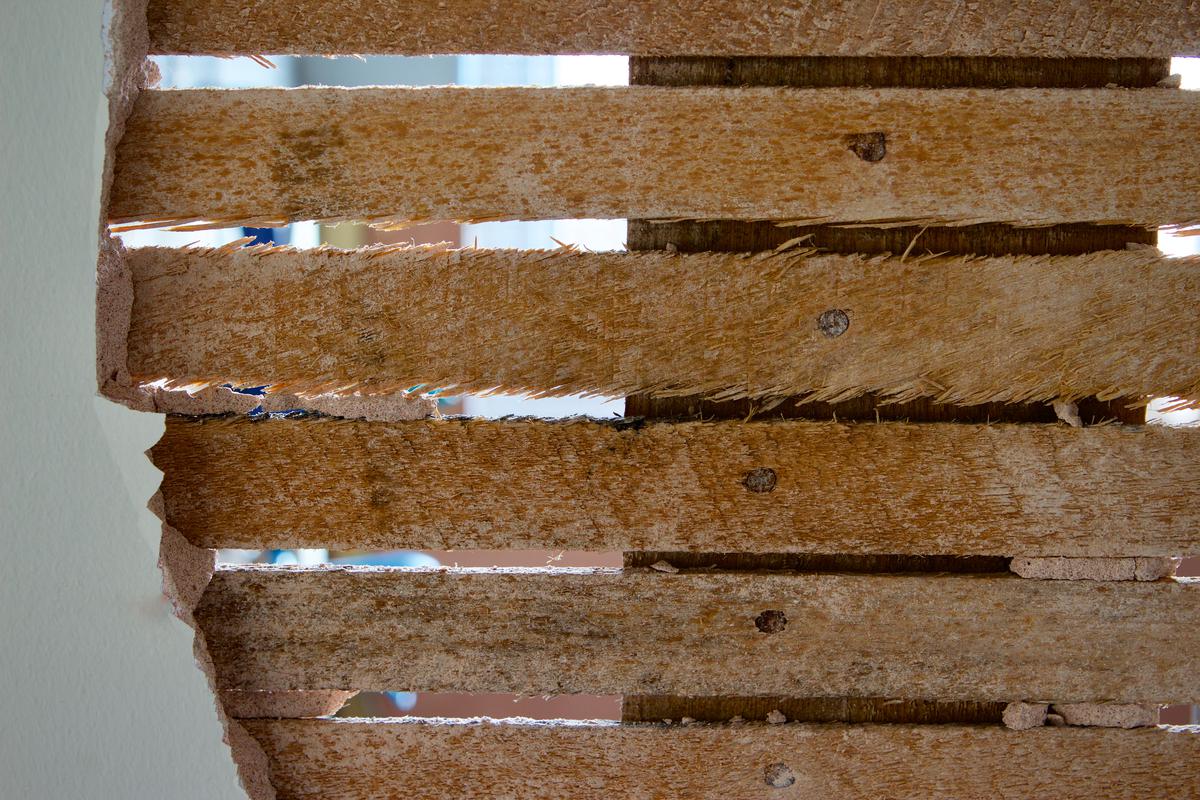
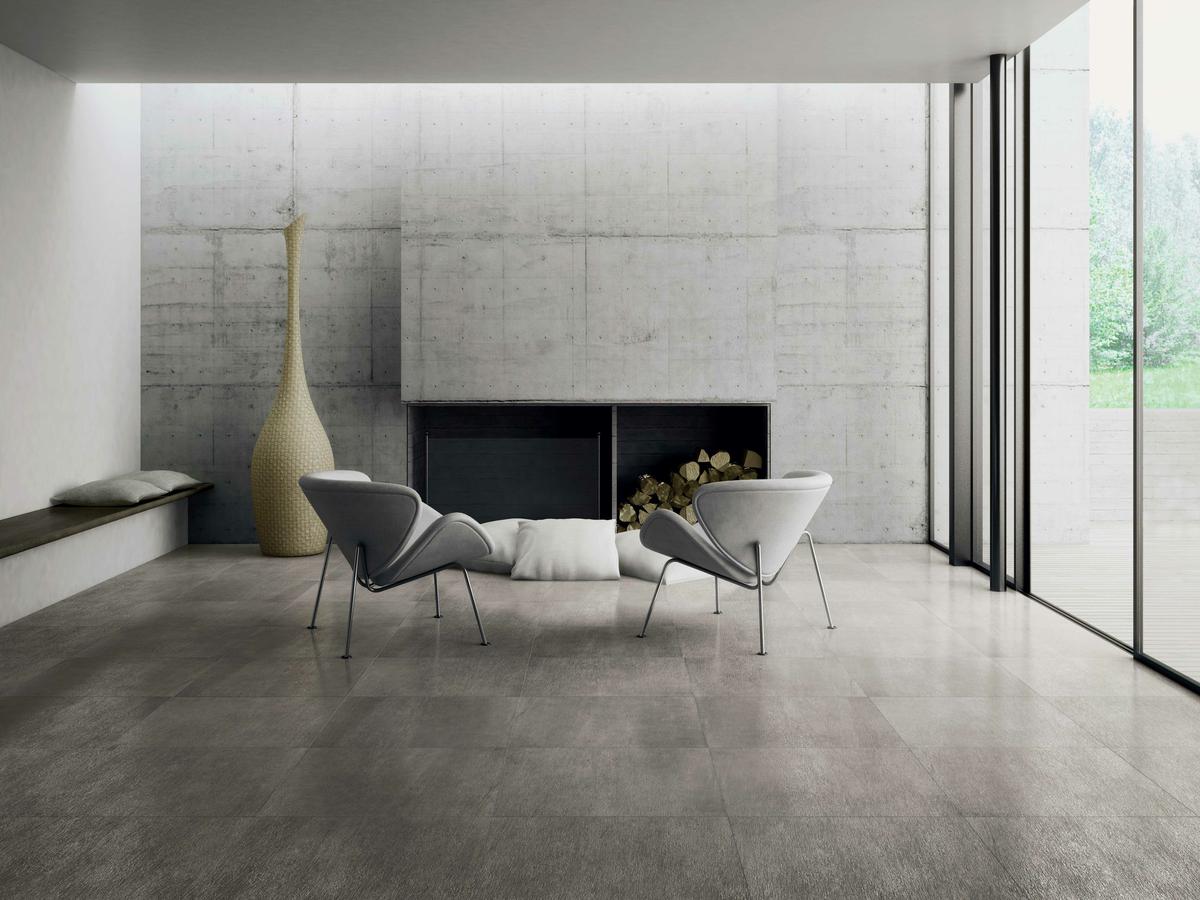
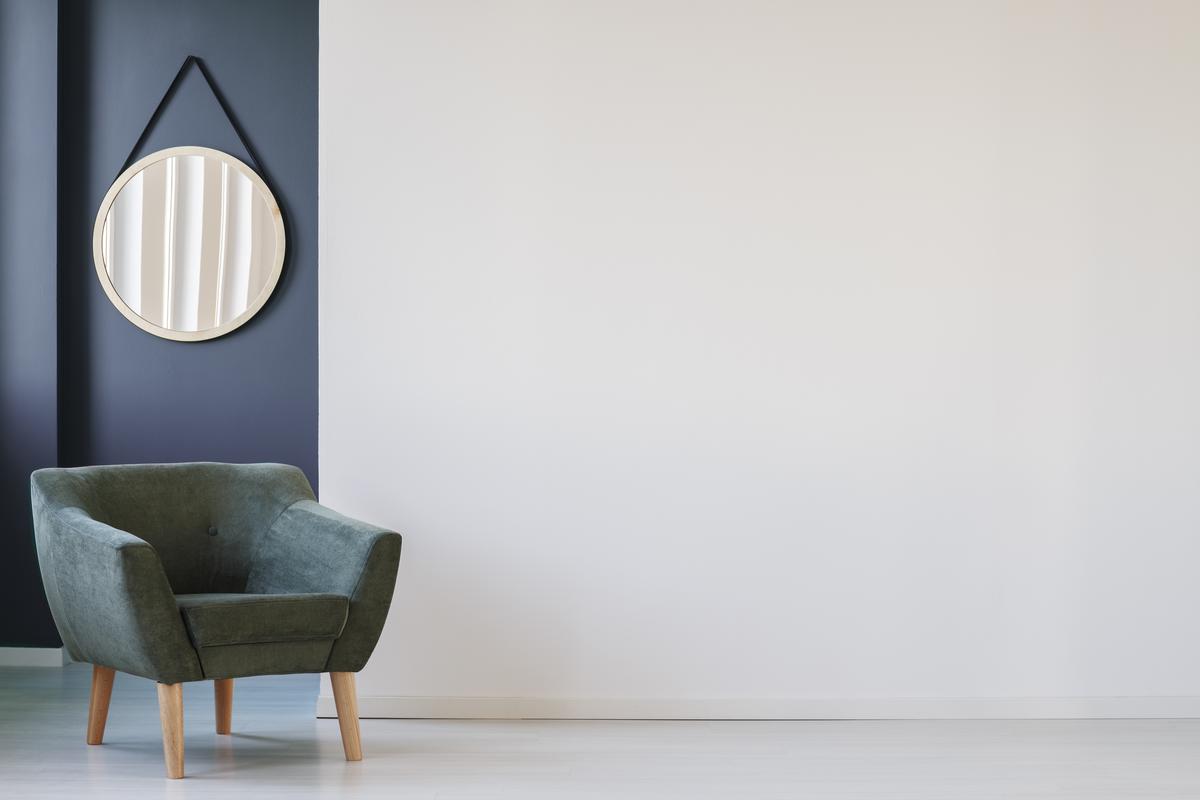
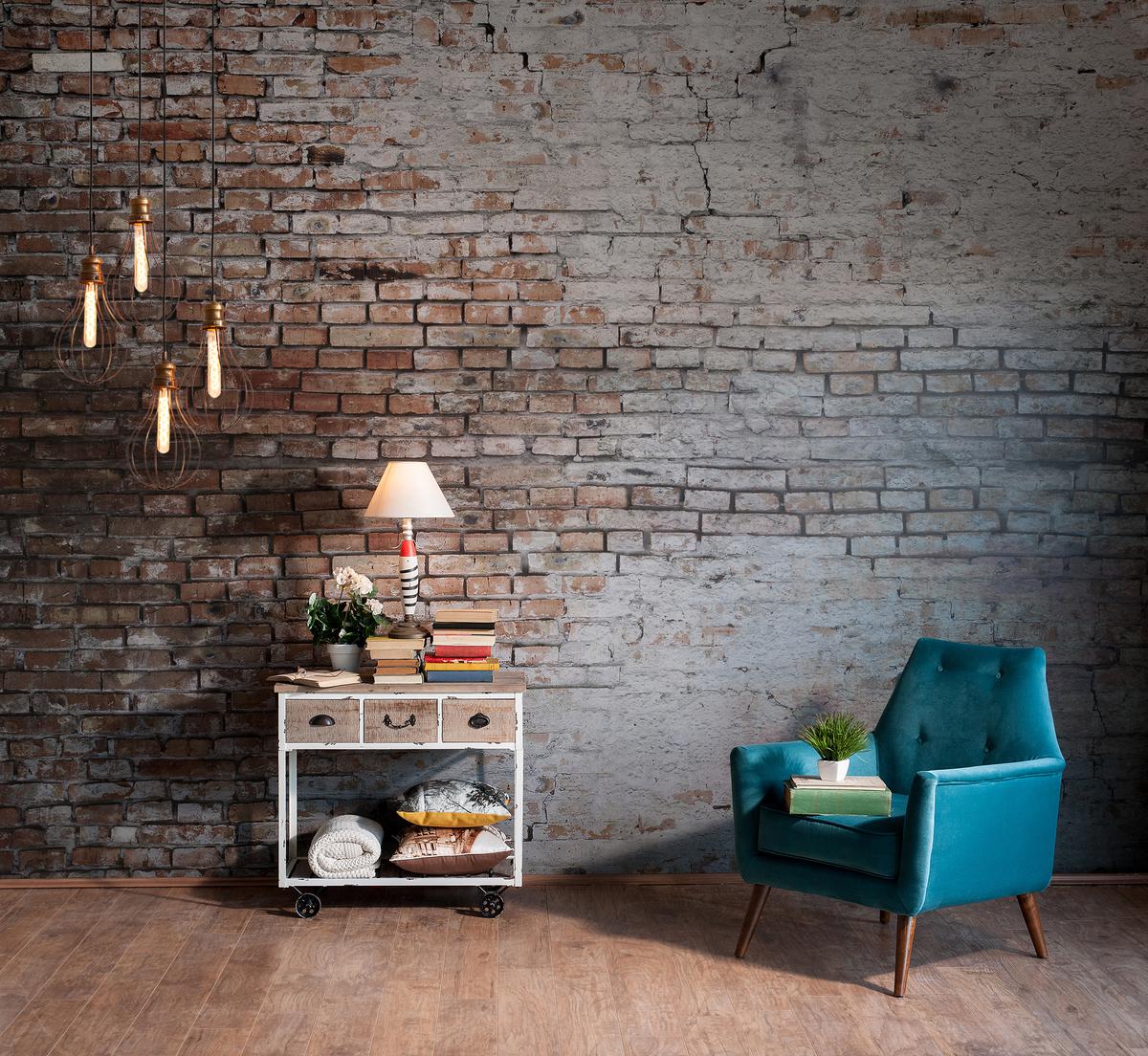
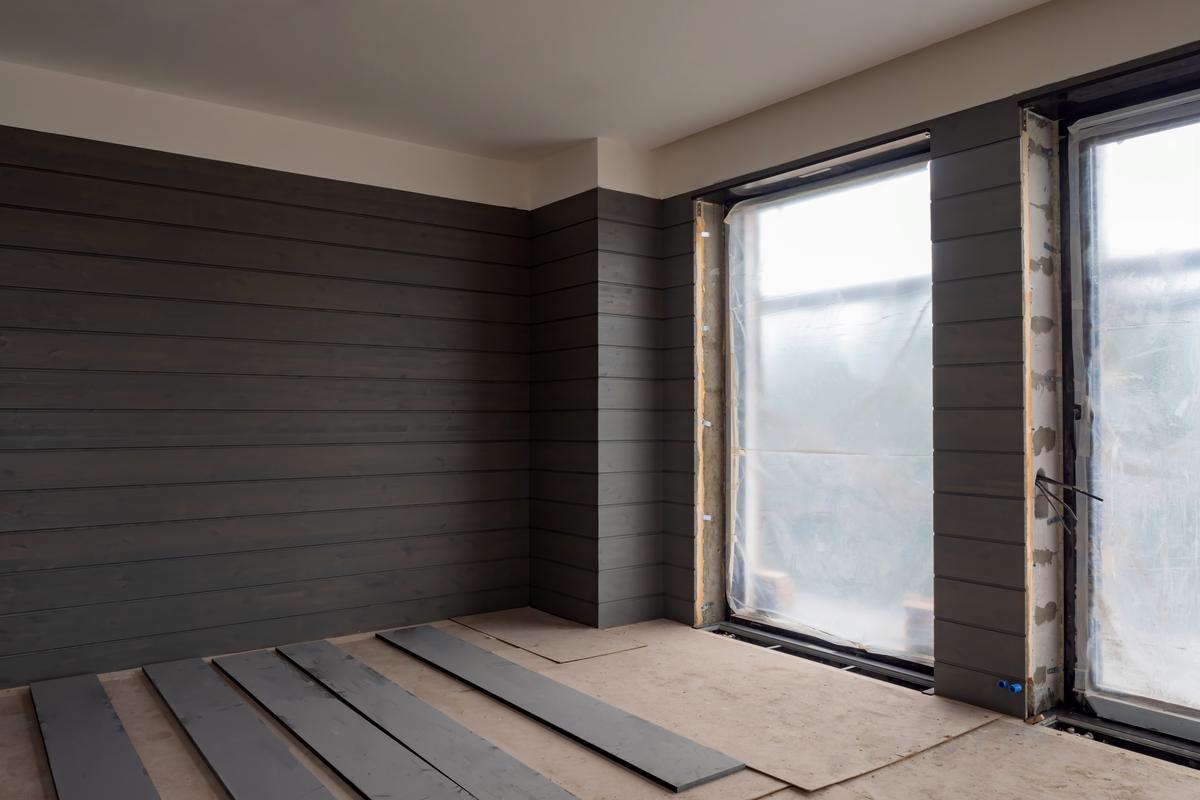
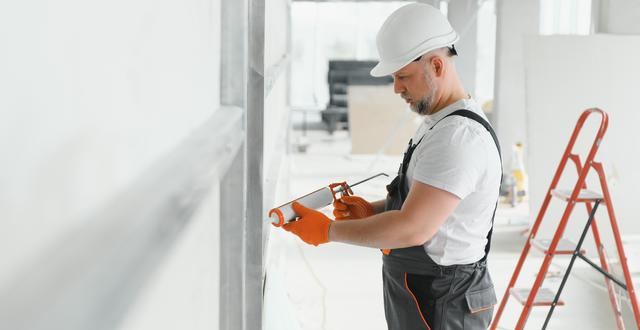
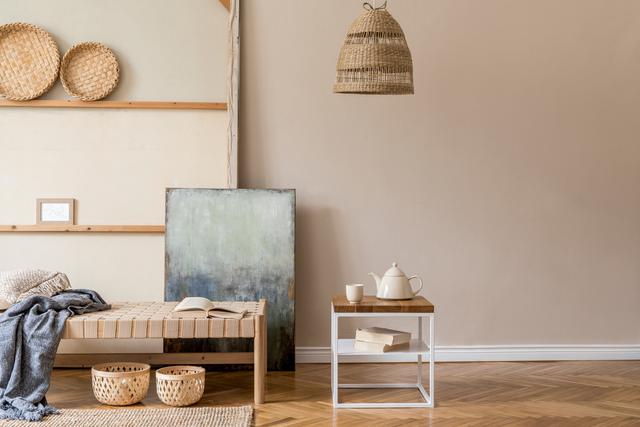
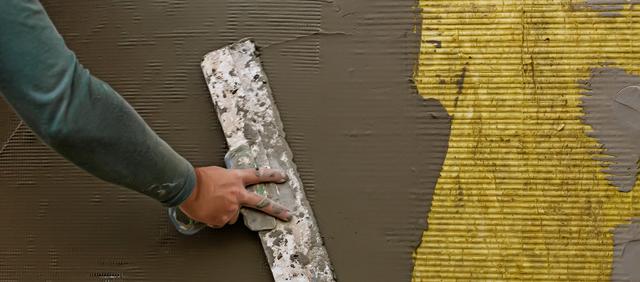
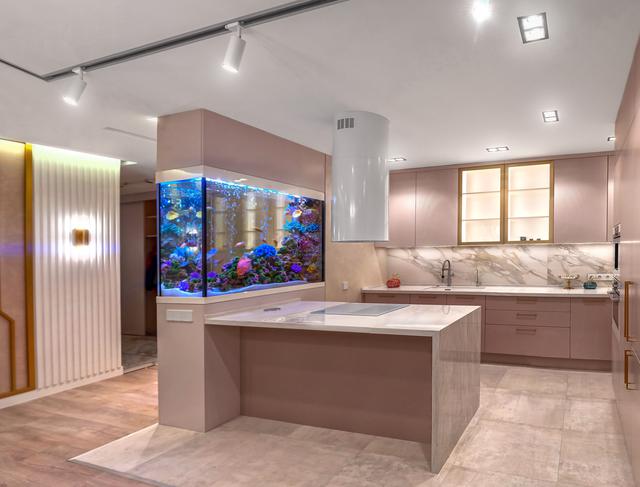
comments